THE MAGICAL ART OF TENNIS
What is This Magnificent Sport? And iUP Owls Who Play
The Magic Of Tennis
Magic. What most of us no longer believe in. We did as young kids, but no longer accept such ideas. They seem foolish and silly now, right?
But don’t artists consider their artwork to be magic, their brushstrokes and paint on a canvas coming to life? And wouldn’t musicians consider their music to be magic, the notes of their chosen instrument forming a complex melody? Athletes must consider their sports to be magic as well, the strokes or plays they perform creating a beautiful ferocious battle.
So then tennis, too, is magic.
When many imagine tennis, they probably think of old people hobbling around on the remains of their struggling bodies, swinging some old wooden racquet at crusty old balls.
Yes, this may be happening somewhere in the world, but the magic of tennis that goes on in many competitors’ lives is more than just swinging a racquet. It is a fight for their lives, a war to their death.
But wait, what is tennis? How does it work?
I’m glad you asked.
How Magic is Made: The Strokes
Forehand/Backhand
The forehand and backhand are groundstrokes and are typically hit from behind the baseline. They are also used when hitting an approach shot and coming into the net to hit volleys. A forehand is usually hit with one hand, the dominant hand, across the same side of the body. The backhand can be hit with one hand (dominant) or two hands across the other side of the body.
Most groundstrokes are hit with topspin. Topspin causes the ball to bounce up high once it hits the court making an opponent fall backward and be unbalanced.
Volleys
Volleys are short shots with no swing that are used at the net or inside the service line to end the point and put away the ball. The racquet is held in front of the body and is used to block the ball into the court. Volleys can either be forehand volleys (with the dominant hand on that same side of the body) or backhand volleys (hit on the other side of the body). Backhand volleys can be one-handed (uses dominant hand) or two-handed.
Overheads
Overheads are hit at the net and very occasionally at the baseline. When an opponent hits a lob or a high ball over a player’s head, they swing from above their head to follow through at their waist on the other side of their body. An overhead is hit with a player’s dominant hand.
Slices
Slices are shots that can be either forehands or backhands, but when hit, they cause the ball to spin sideways. The racquet hits the side of the ball to create sidespin (spin sideways) or backspin (spins backward after hit). They are used to mix up the point or hit a drop shot. A drop shot lands short and close to the net on the opponent’s side. It is great to use when an opponent is far back behind the baseline and doesn’t have time to run up to the ball before it bounces twice.
Serves
A serve is hit from behind the baseline and is used to start the point. A player tosses a ball above their head with their non-dominant hand and hits the ball with their dominant hand above their head. They follow through on the other side of their body at the waist. A serve is hit from the opposite side of the service box they are serving to.
Where Magic is Made: The Court (view the image in the gallery for reference)
Players use the terms deuce and ad to describe the sections of the court. Deuce refers to the right side of the court when facing the net, and ad refers to the left side.
The baselines are at each end of the court parallel to the net. They have a hash mark in the middle called the center mark dividing the baseline in half. This is where groundstrokes are typically hit from.
The service line is the line in the middle of the court parallel to the net, and it separates the service boxes from the rest of the court. The service boxes are the two rectangular areas closest to the net where the serves are hit. A serve must land in the box across the net from the side where the server is standing.
The doubles sidelines are the outermost lines perpendicular to the net on either side of the court, and the singles sidelines are the 2nd lines perpendicular to the net. The doubles alley consists of the space between the singles and doubles sidelines. This area is not considered unless playing doubles (2 players vs 2 players). If a ball lands on a line surrounding the part of the court that is in, the ball is considered in.
How Magic is Wielded: Points and Scoring
Points are kept as 15, 30, 40, Game, instead of the usual 1, 2, 3, 4, etc. (If it gets to 40 all, or deuce, then play “ad”. If the server wins the next point it is an ad in. If the returner wins the next point it is an ad out. If a player has an ad and wins the next point, they get the game. If not, it goes back to deuce and so on until a player wins the game.) The first person to 6 games leading by 2 wins the set. If the score is 5 all (players say “all” to indicate that the score is even, or that each player has the same amount of points or games), then play to 7 games (ending at 7-5). If it gets to 6 all, then play a tie-breaker~ first to 7 points leading by 2. (If it’s 7 all in the tie-breaker it goes to 9, if 8 all, goes to 10, and so on.) Whoever wins the tie-breaker wins the set. Scoring consists of first to 2 sets, or in some cases (like professional tournaments) first to 3 sets. If each person wins a set, then they either play a full third set or a 10 point tie-breaker.
A point starts when a server on the deuce side (the side to the right of the center mark facing the net) serves into the service box across the net also on the deuce side. A serve must land inside of the correct service box, or else the server gets a fault and serves a second time. If the server misses his second serve, then they lose the point and move on to serve on the ad side. This continues until the game is won by a player. After a serve is hit and lands in, the point is played out. In singles (1 player against 1 player) the ball must land on or inside the singles lines and baseline. In doubles (2 players against 2 players) the ball can land anywhere in the court on or inside of the doubles line and baseline. (In doubles the alleys are in.) Players switch sides when the games added together in the set equal an odd number. They are allowed a 90-second break on changeovers, and a 120-second break between sets. After the first game and during a tie-breaker, players do not get a rest (but can still get a drink). If a player touches the net anytime during a point, they automatically lose the point.
The Ferocious Side Of Magic: Training and Competition
Many players dedicate their lives to training and competing in tennis, much like any other sport. Athletes have to strengthen their bodies and get faster through strengthening, such as weight lifting and using bands, and through speed work and footwork. Ladder drills and sprints are very important to tennis since players need to use many “little steps” to get into the right position to hit the ball. Side to side and forward and backward sprints are helpful with movement around the court. Players also practice “shadow swings”, or strokes without the use of a ball. This can be done in front of a mirror to correct and improve the technique.
A multitude of players compete in tournaments on the weekends or even throughout the week. To win a tournament, players must win every match in their draw. If players lose the first round, they compete in a different draw called “consolation”.
Owls Who Harness the Magic: Students at iUP Who Play Tennis
Kayla Thomas is one of our Owls at iUP who plays tennis. She has been playing for 2 years and says, “…Now it’s my favorite sport. It is enjoyable to just hit the ball.” She has played in one tournament, and also plays soccer and basketball. She balances her time with tennis by doing school in the mornings and tennis in the evening.
Another Owl at this magnificent school is Brooke Bolinger. She is a player who has been competing for 5-6 years and absolutely loves playing this sport. She plays USTA (United States Tennis Association) and UTR (Universal Tennis Ranking) tournaments almost every weekend and says, “Tennis is a sport that will stay with you the rest of your life. I am so blessed to be able to compete and fight in matches and have amazing coaches who work with me every day.” She loves watching college and professional tennis as well and hopes to one day play at the highest level. “It takes so much hard work, persistence, and dedication to compete and improve. That is why I love this sport.”
Falak Sangha is another amazing tennis Owl. She has been playing for 9 years and competes in USTA tournaments. She says, “Tennis impacted my life by making it more busy and fun!” She continues, “I do online school so I can make it to tennis practice on time. Sometimes it is hard to do my homework with tennis but I manage.”
One Owl who has been playing tennis for 5-6 years is Carina Holguin. She plays local and national USTA tournaments and says “My schedule revolves around tennis so I manage school by trying to complete lessons in between my practices.” She goes on to say, “I go to an online school so that I have more time for training. My goal is to use tennis in order to get a scholarship for college.”
These amazing Owls have dedicated time and passion to playing this sport they love. It truly is a wonder to see them compete and play, and hopefully, we will see them at college and professional levels!
Go Forth and Bring Magic to the World
Whether you have played tennis in the past or would like to start playing, tennis is an amazing sport to try. There is such a thrill in smashing the ball across the net and feeling triumph in your shots. Take time this week or even today to make some of your own magic on the court, by playing with your family, or taking lessons in the neighborhood. And always, have fun!!

Hi everyone! My name is Brooke Bolinger and I am one of the Co-Associate Editors this year!! This is my 4th year at iUP and I am a senior...


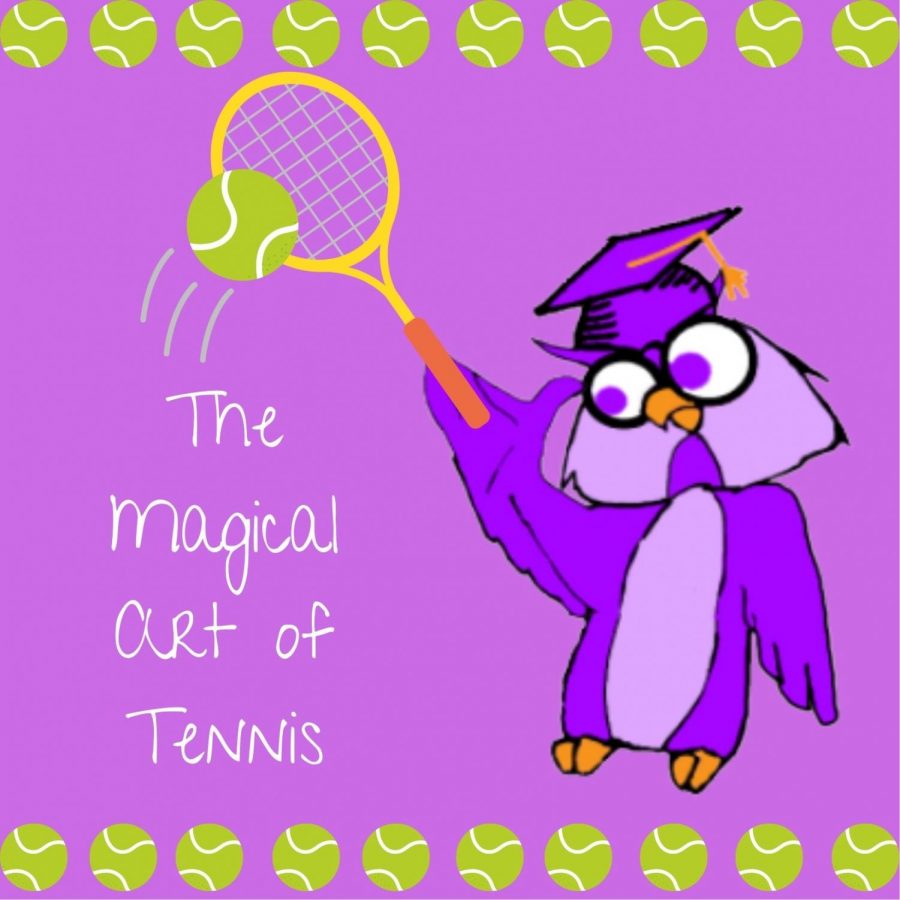
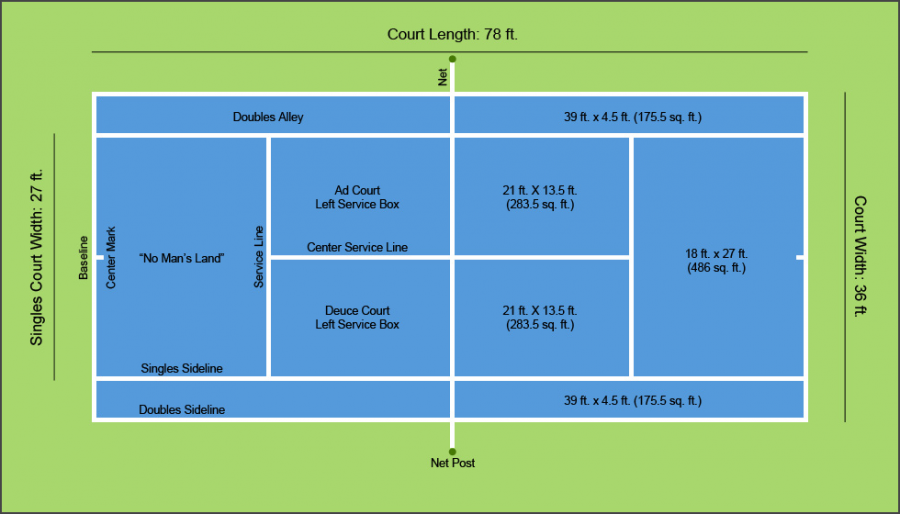


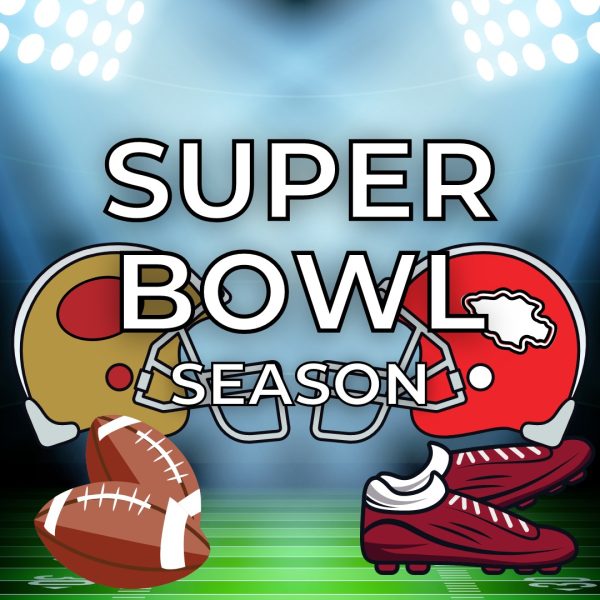
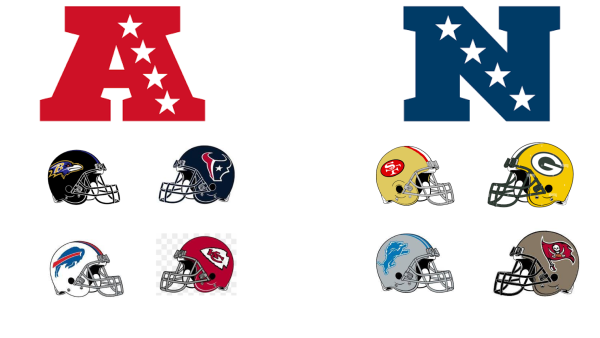
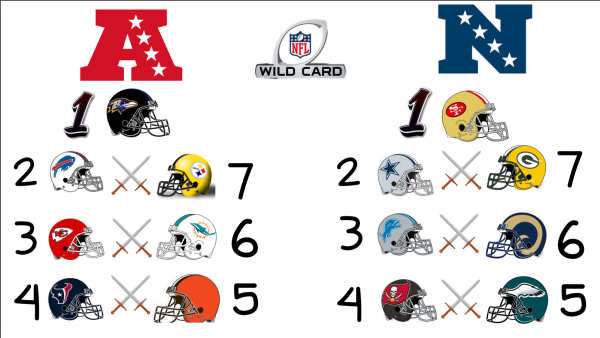
Anika Goswami • Oct 7, 2022 at 2:49 pm
I started playing tennis last summer (not competitively, just for fun)! It’s my favorite sport now and I also enjoy watching tennis tournaments on TV! Reading this article helped me to understand the points, scoring, and strokes a lot better, and now it is all familiar! Tennis is a wonderful sport and we are so fortunate to have the opportunity to play it!